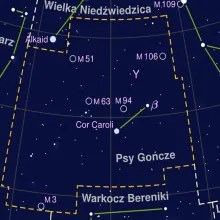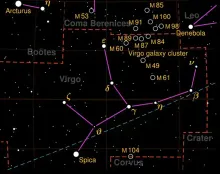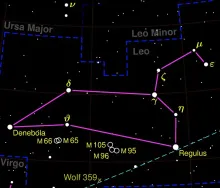Constellation Hydra
Hydra is the largest of the 88 modern constellations, stretching across a vast region of the southern sky. Its sinuous shape resembles a water snake, giving it its name. Despite its size, Hydra is not particularly prominent, with relatively few bright stars. However, it holds a unique place in the night sky due to its sprawling length and the mythological stories associated with it.



